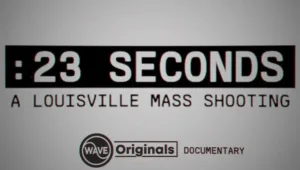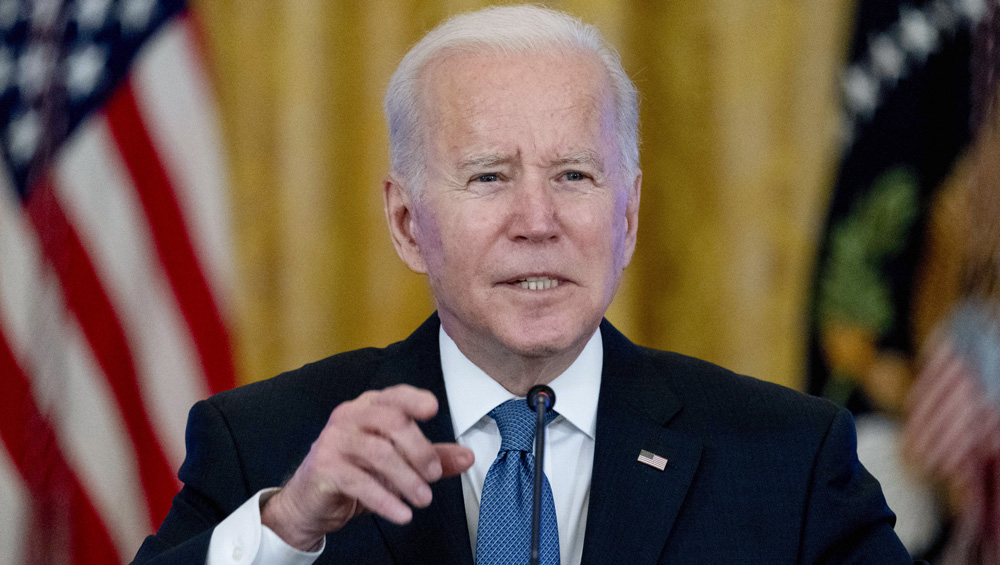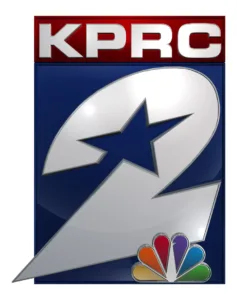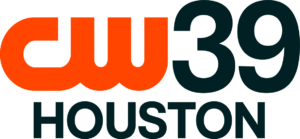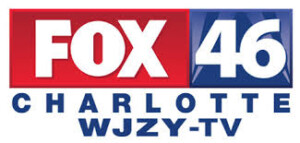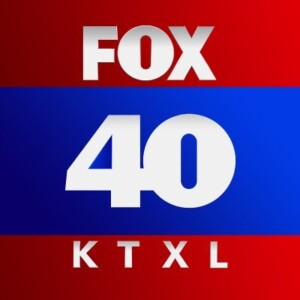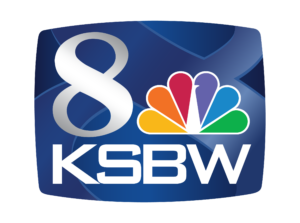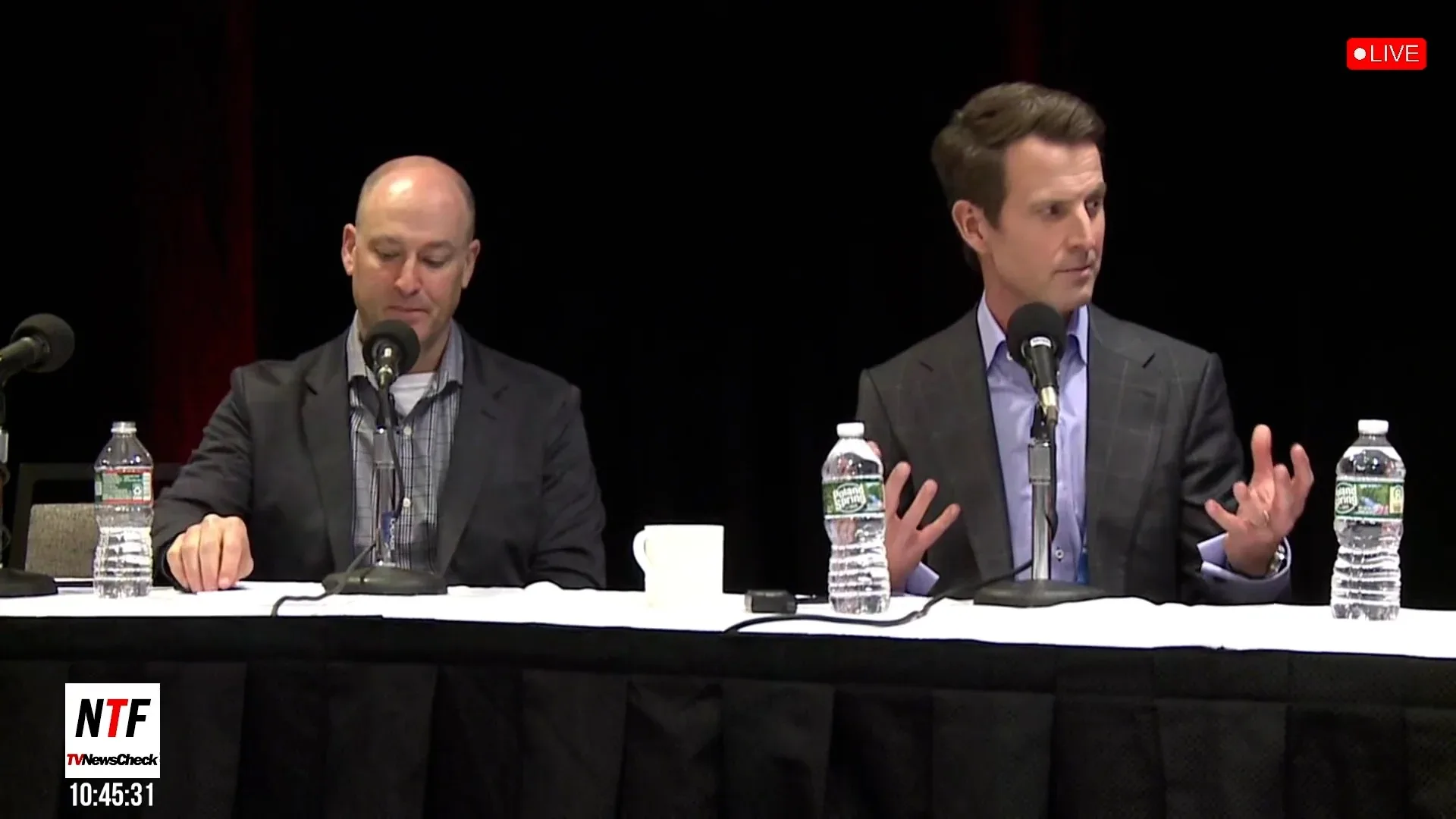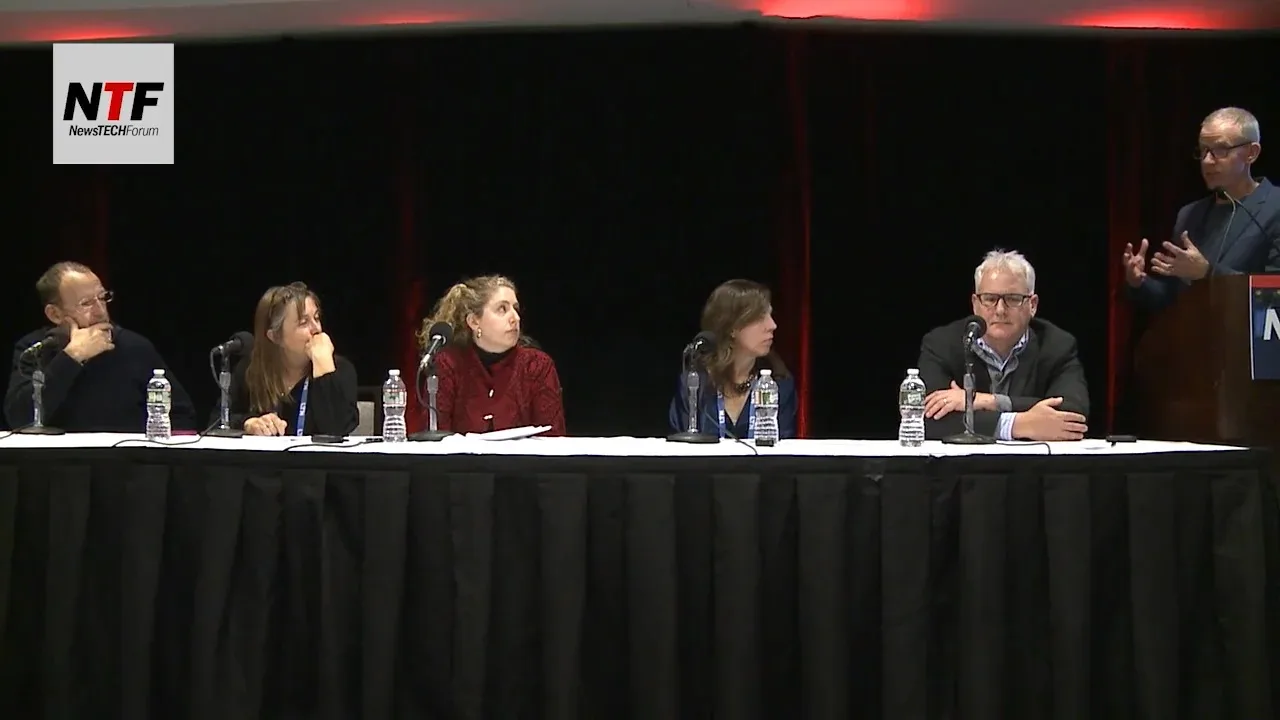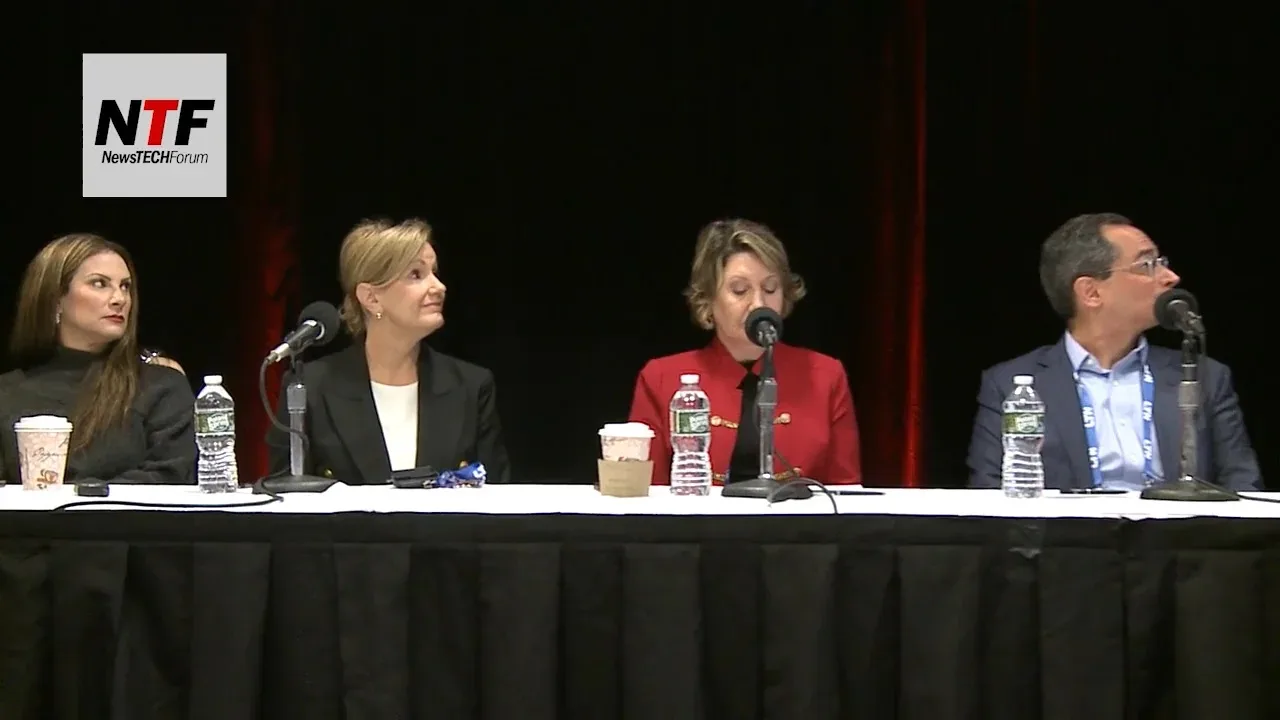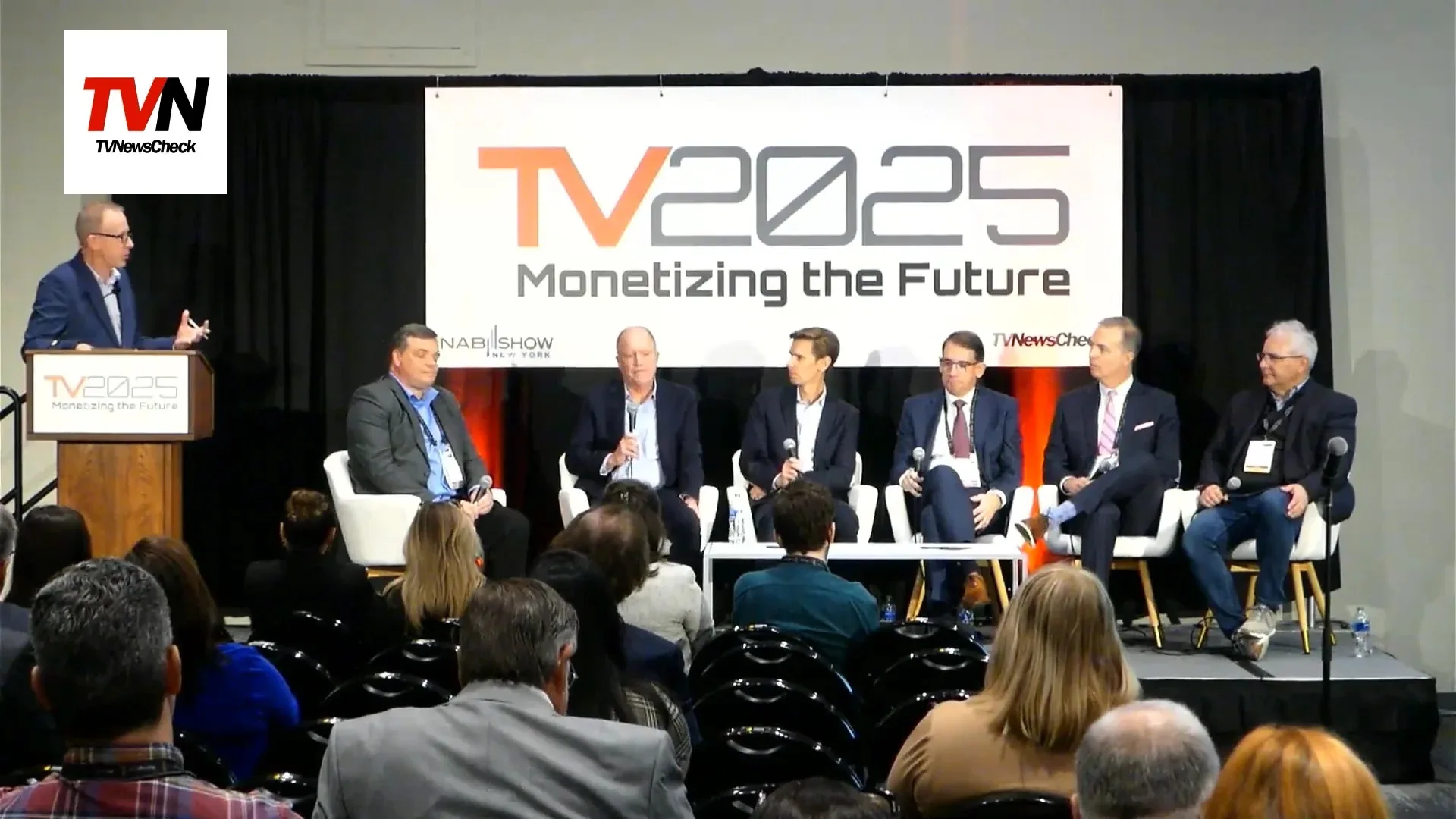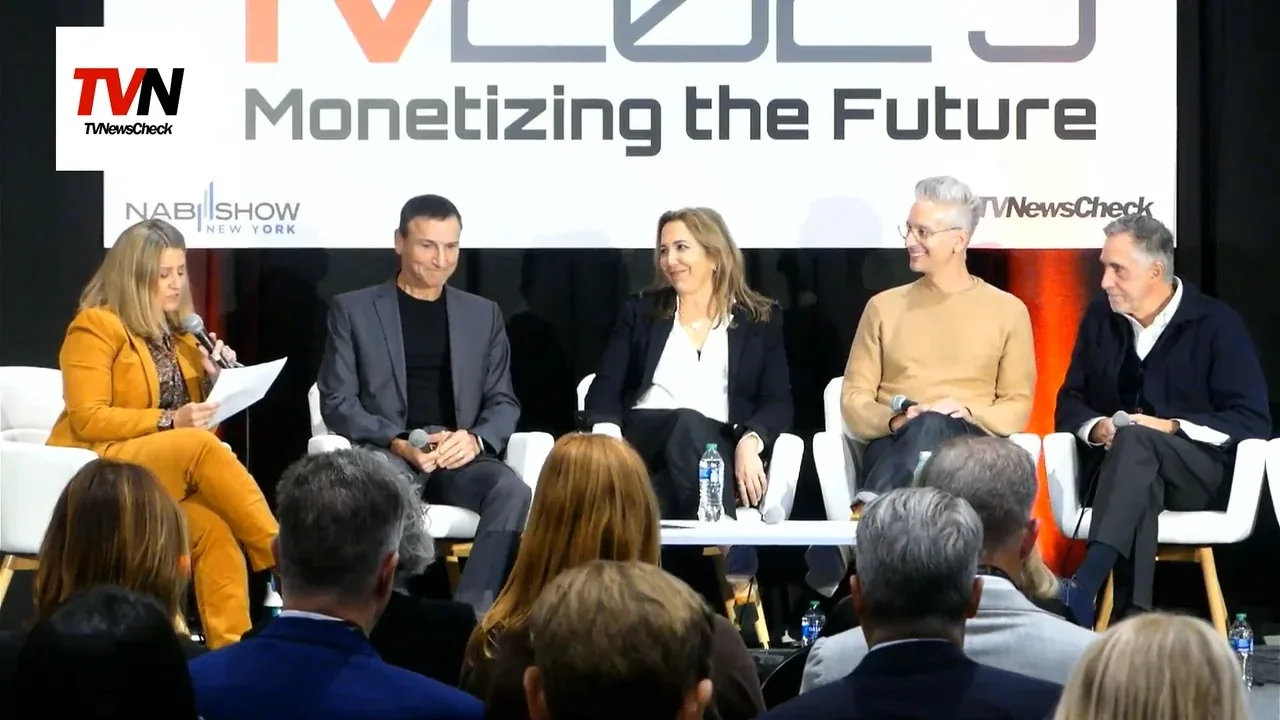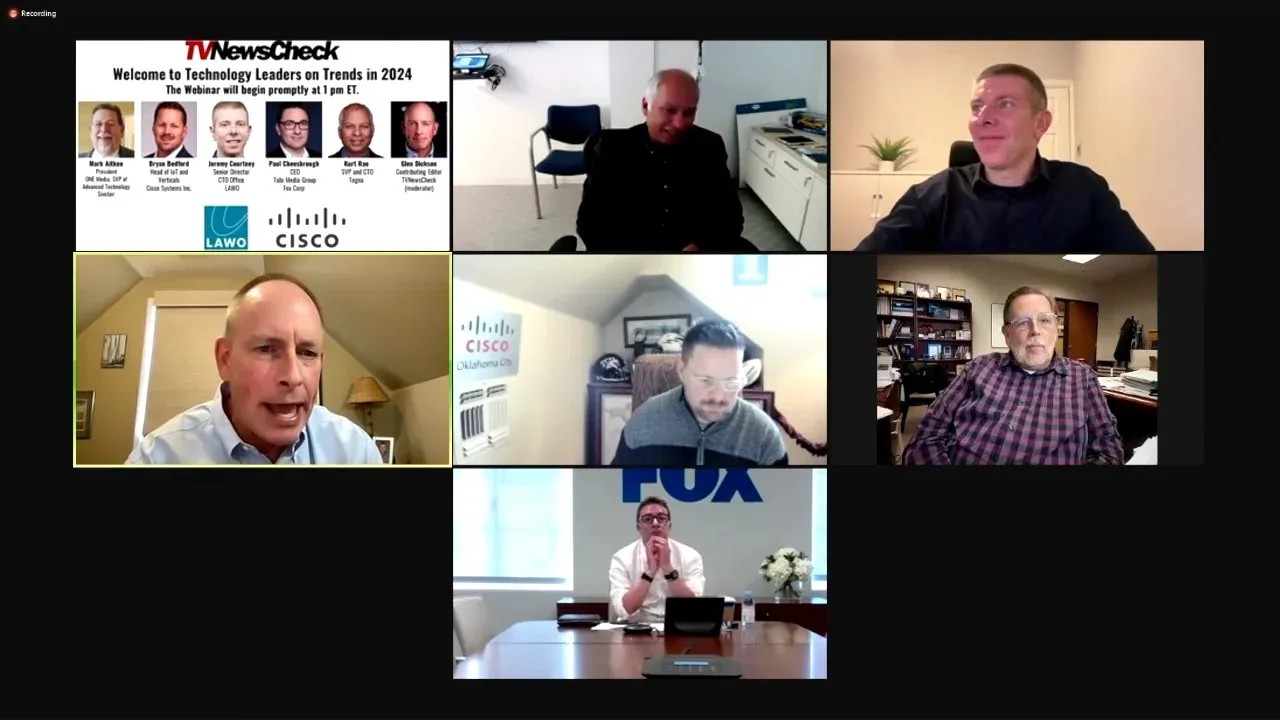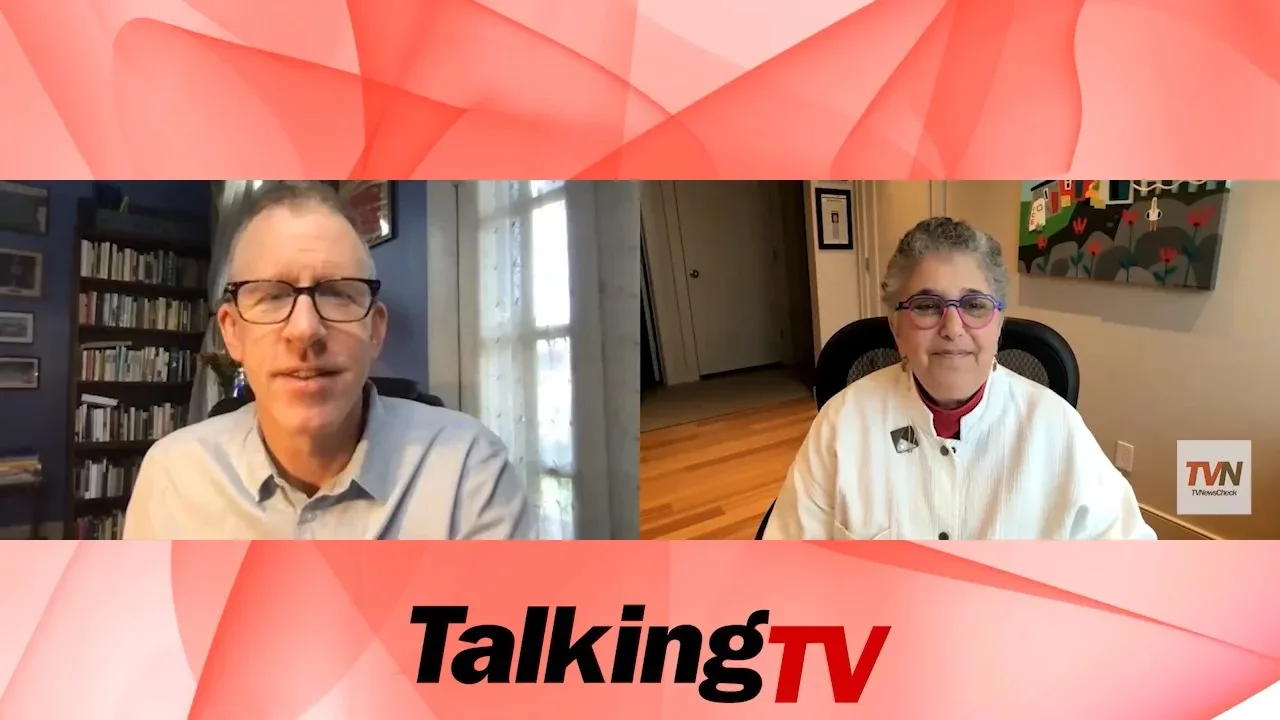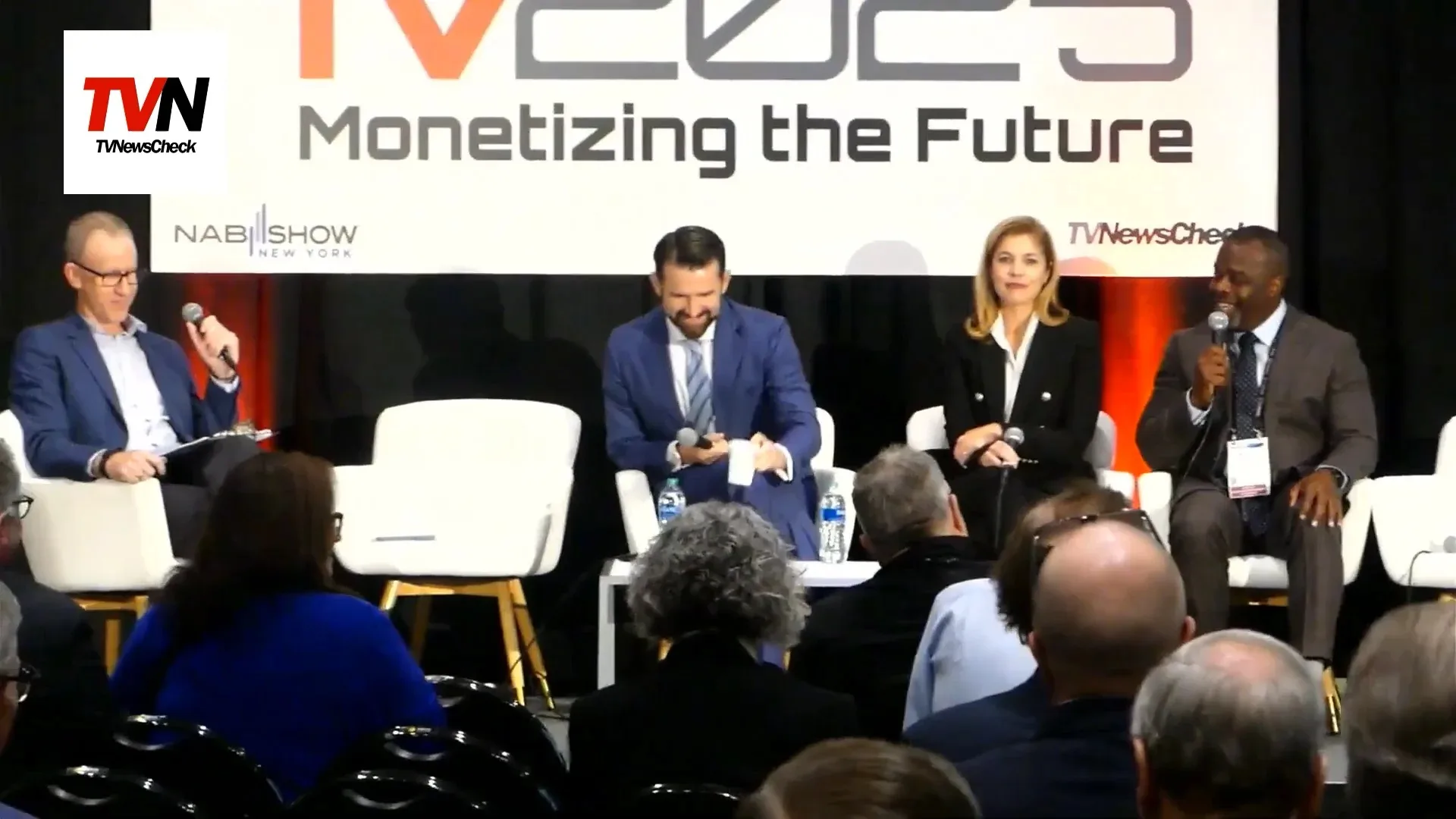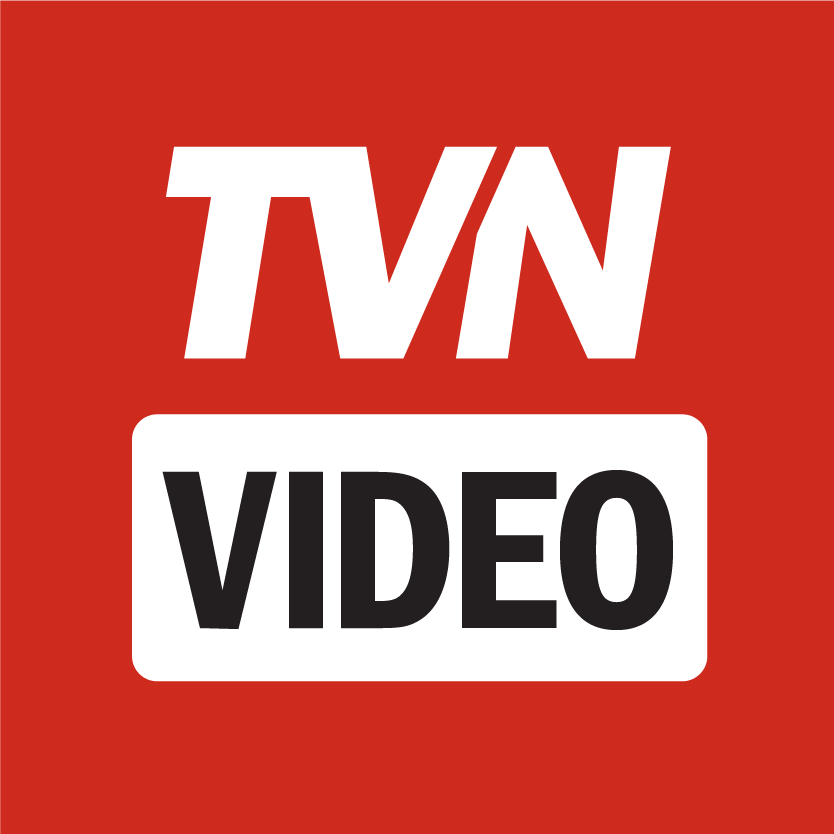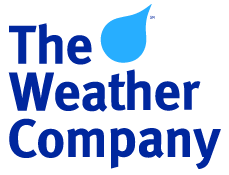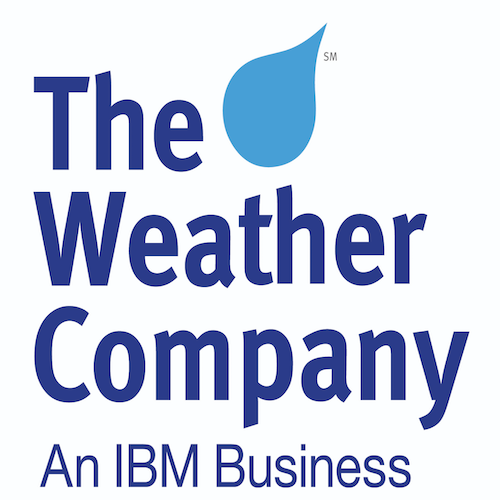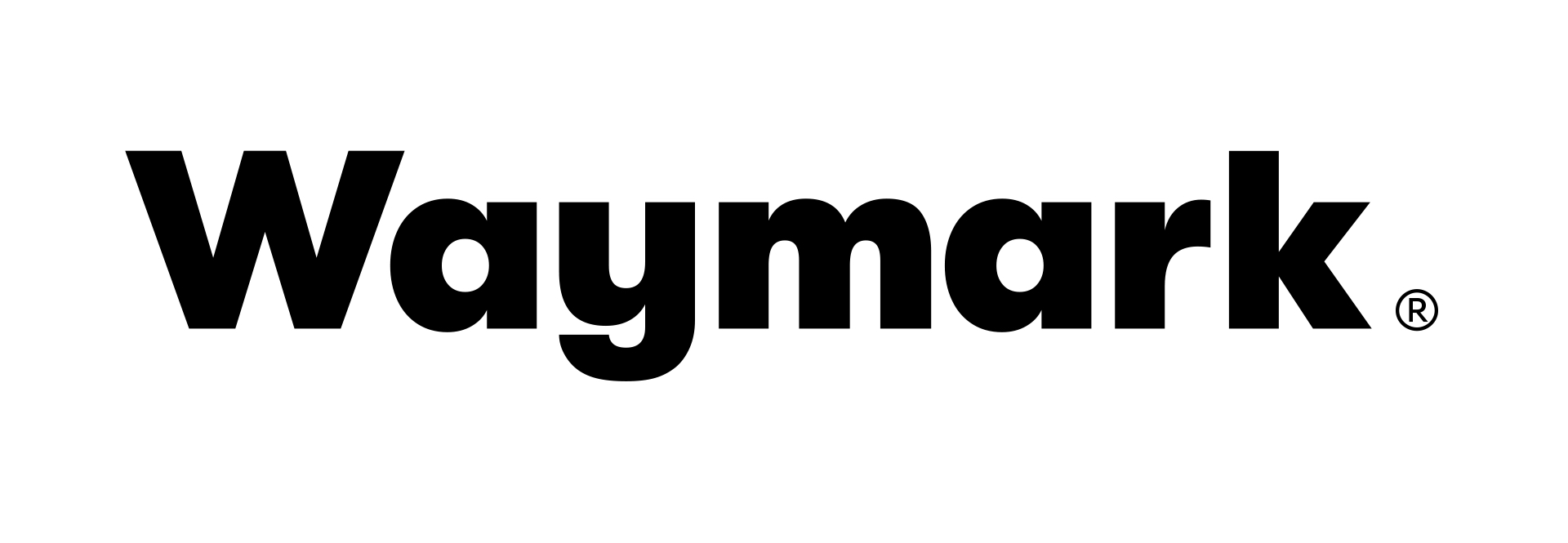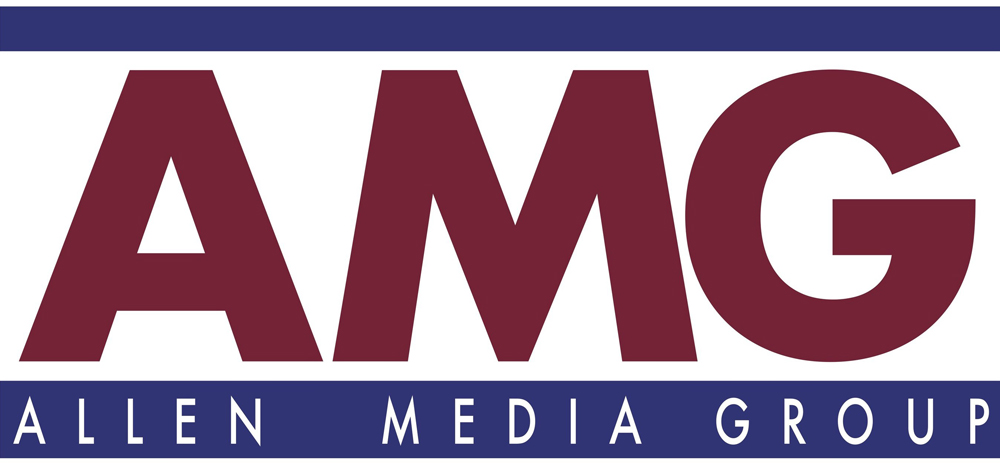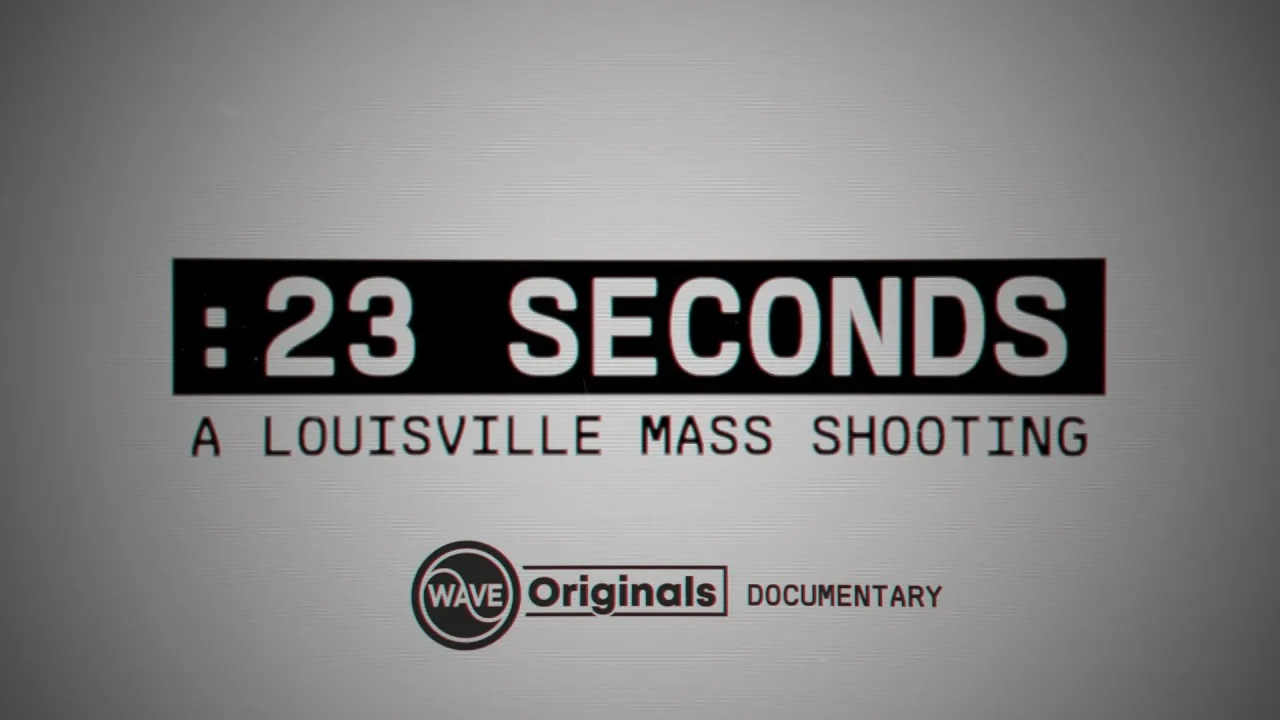Much like nutritional labels on food products, “broadband labels” for internet packages will soon tell you just what is going into the pricing of your service, thanks to new rules adopted by the FCC.
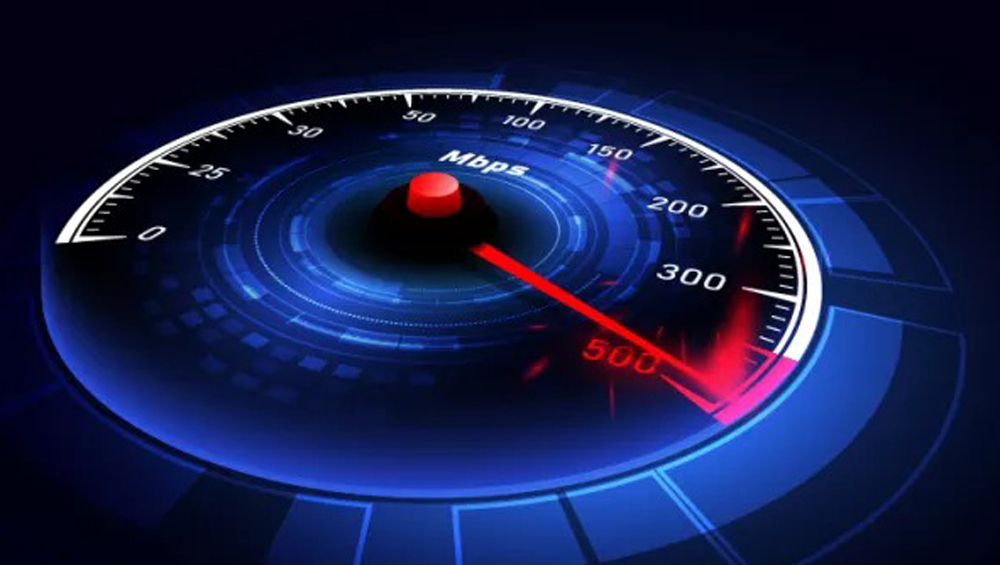
A majority of the FCC on Thursday voted to redefine broadband as speeds of at least 100 megabits per second for downloads — a fourfold increase from the current standard of 25 Mbps, which was set nine years ago. The new benchmark for upload speeds is 20 Mbps — nearly seven times faster than the current 3 Mbps standard. The FCC also set a long-term goal of 1 Gbps for downloads and 500 Mbps for uploads.

Cable’s largest trade association is issuing a new reminder that cities can’t impose fees on cable operators’ broadband revenue. NCTA – The Internet & Television Association, in a Feb. 7 letter to the FCC, cited federal law that requires cable to pay local franchise fees based on a percentage of gross revenue derived from cable service. Broadband is not a cable service but rather an information service.
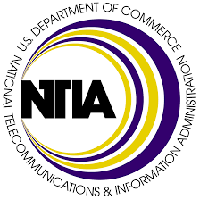
The telecommunications division of the U.S. Department of Commerce is backing the idea of raising the speed definition of broadband but was silent about taking it to a much higher level sought by a few fiber broadband companies. The National Telecommunications and Information Administration alerted the FCC last week that it supported raising the definition of broadband to 100/20 Mbps. The current threshold is 25/3 Mbps, which many view as outdated. NTIA’s letter didn’t address raising the broadband speed level to 100/100 Mbps – creating a symmetrical standard supported by regional fiber companies like Allo Fiber, Google Fiber and Ting Internet.
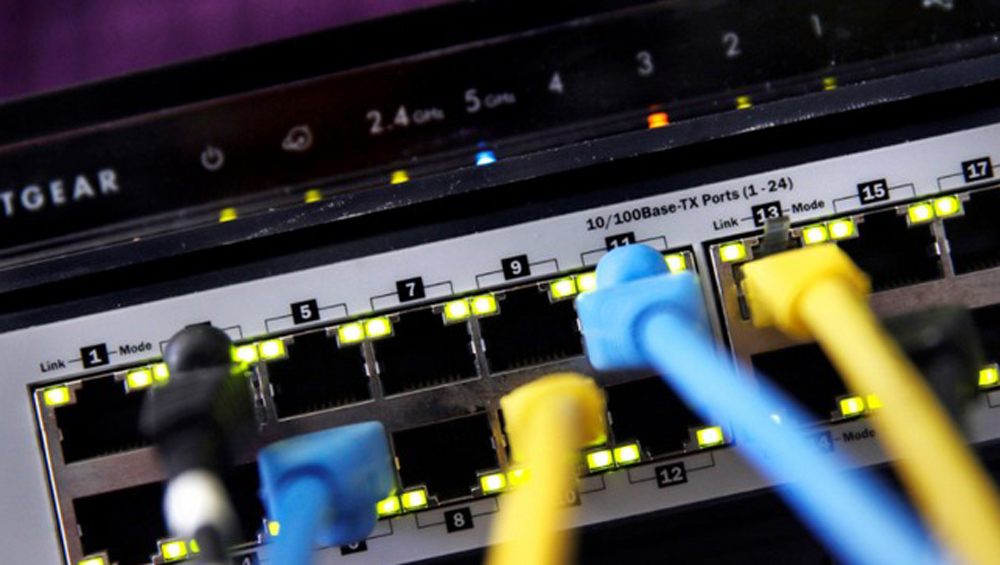
NTIA adjusts its guidance on the multibillion-dollar Broadband Equity, Access and Deployment subsidy program.

Cable lobbying group NCTA–The Internet & Television Association is asking the FCC to reject a proposal made by Google Fiber, ALLO and Ting to increase the government’s definition of “broadband’ to a symmetrical 100 megabits-per-second speed.
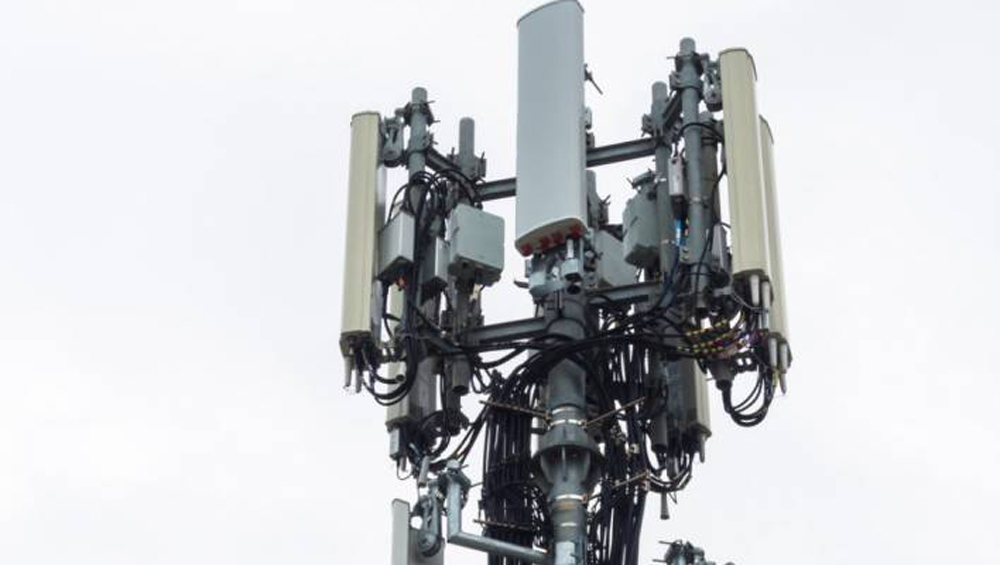
A recent Ookla report finds download speeds are a primary factor influencing users’ decisions to switch between cable, fiber and fixed wireless providers. The analysis of customers from major internet service providers in the U.S. who switched to T-Mobile’s fixed wireless access service reveals that their median download performance prior to switching was lower than the overall median performance of all customers across major ISPs.
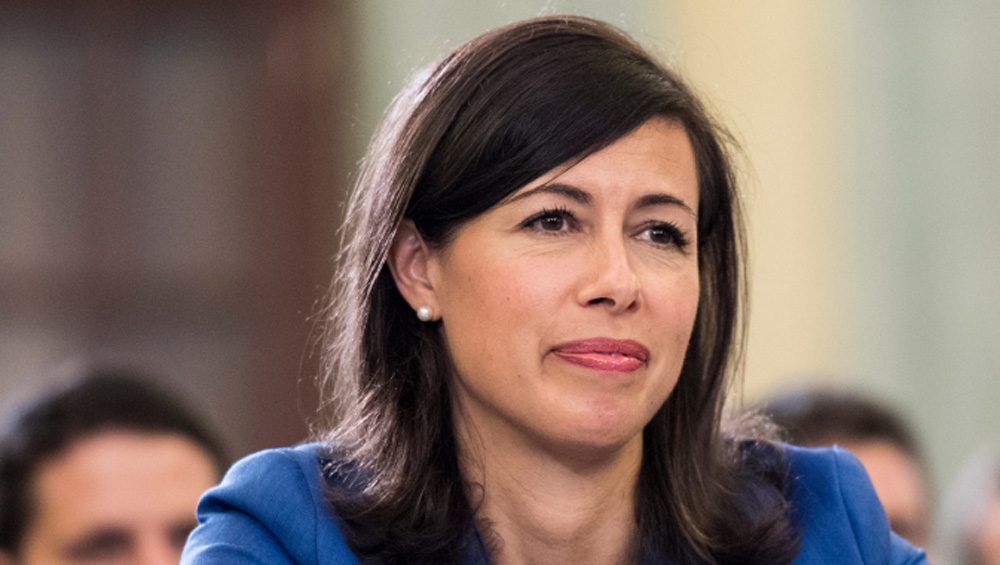
Senior Capitol Hill Republicans that oversee the communications sector say they want FCC Chair Jessica Rosenworcel to correct “deeply misleading” testimony about the Affordable Connectivity Program, a $14 billion broadband subsidy program.
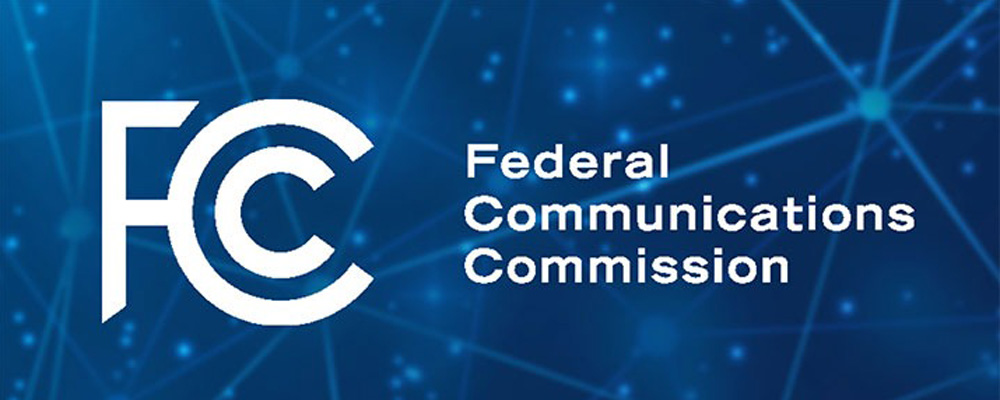
The FCC has voted 3-2 to begin the process of giving utility-style authority to regulate broadband access by reclassifying broadband as a Title II telecommunications service subject to some common-carrier regulations and then restoring bright-line rules against blocking, throttling and paid prioritization. Broadband access is currently classified as a Title I information service under the Communications Act of 1934, and thus not subject to mandatory access or other common-carrier regulations.

A federal appeals court has upheld the constitutionality of the way the FCC hands out billions of dollars in subsidies for broadband and other advanced communications services.
Charter Communications has selected Harmonic as its strategic technology partner to deploy virtual CMTS technology for next-gen broadband services. Aligned with Charter’s network evolution, footprint expansion and operational execution initiatives, […]

Amazon has designed three satellite broadband user terminals and will start offering Internet service in 2024, the company announced Tuesday. The standard terminal, designed for residential and small business customers, is expected to cost Amazon less than $400 to make; Amazon did not say what it will charge customers for the terminals or for monthly service plans.

The FCC has paved the way for Amazon’s satellite-delivered broadband company, Project Kuiper, and its constellation of low-earth-orbit (LEO) satellites. On the same day the House Communications Subcommittee held a hearing on satellite communications tech, the FCC’s International Bureau approved the orbital debris mitigation plan of Kuiper Systems as well as its license modification, which will allow the company to begin deploying birds and ultimately deliver high-speed broadband connectivity.
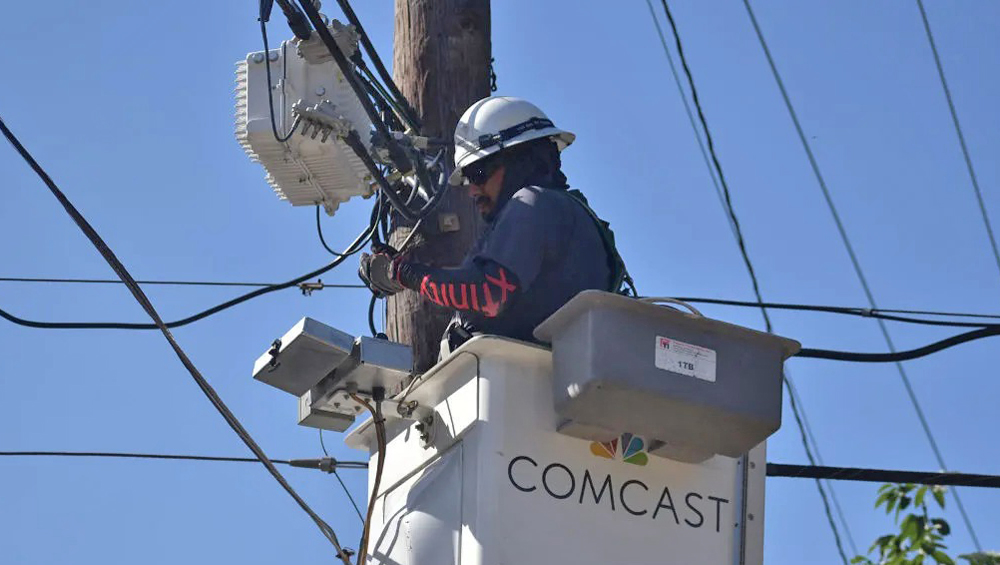
Florida awarded more than $144 million for broadband projects across 41 counties there, with Comcast scoring nearly a third of the money doled out from the state’s Broadband Opportunity Program. However, Charter Communications and Cox Communications also emerged as big winners. Comcast came away with a total of $45.2 million for 23 different projects, making it the largest grant winner by a wide margin.
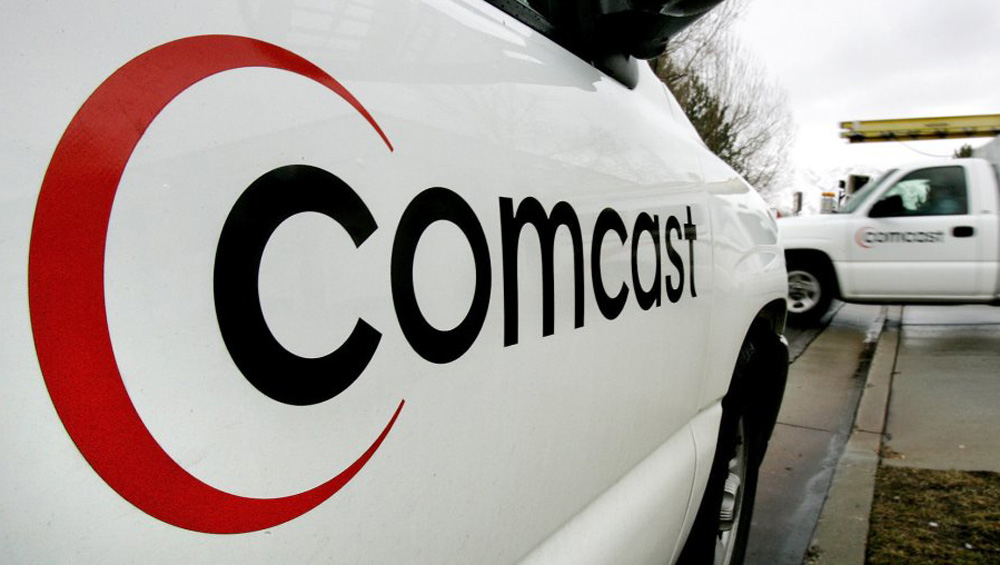
Most customers will see their bills go up by $3, including those on promotional contracts.
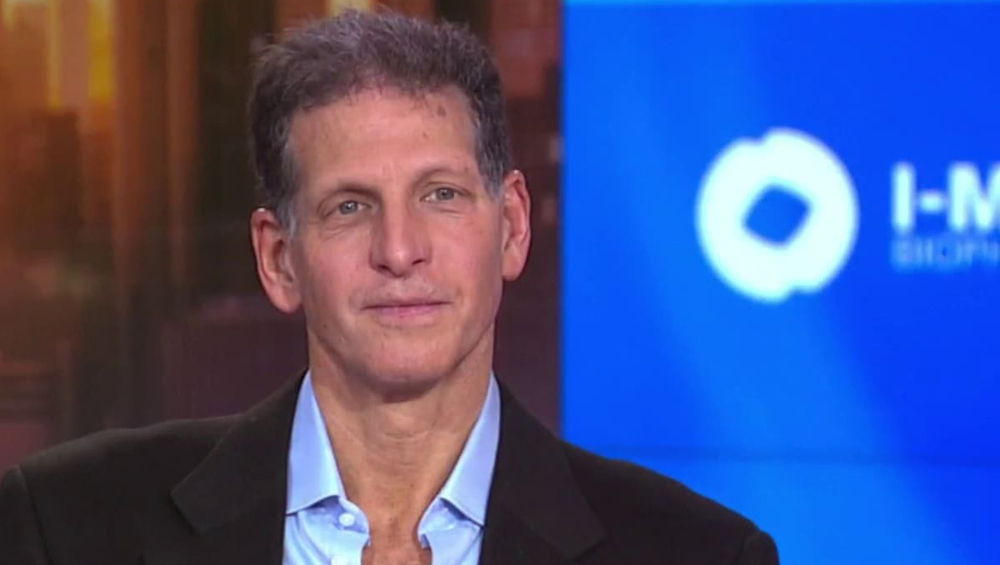
Craig Moffett says bearish investors are concerned about broadband capex, but overlooking wireless.

The FCC has released its first draft of a new broadband availability map meant to more accurately represent broadband coverage as the Biden administration pushes tens of billions of dollars toward its universal broadband pledge.
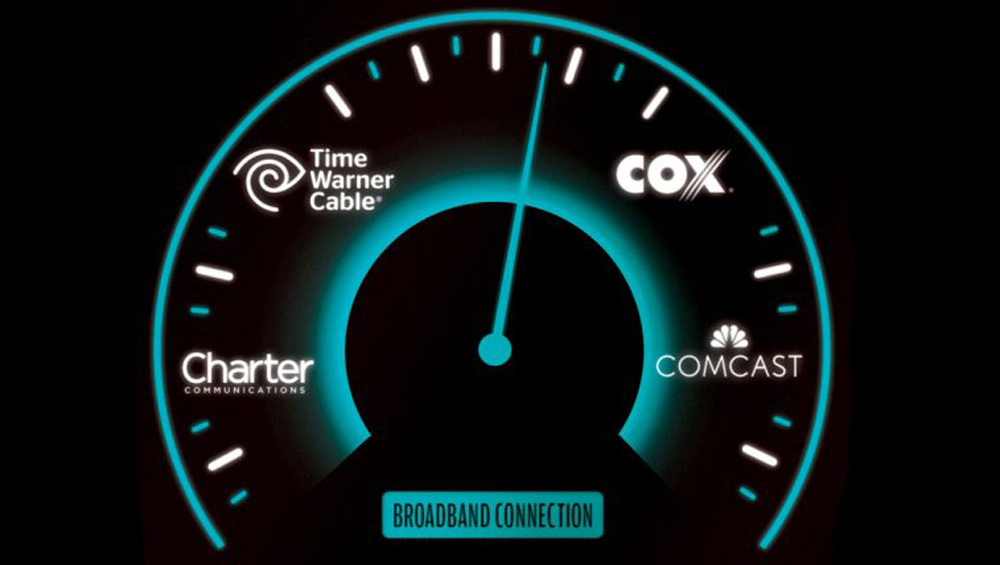
Carnegie Mellon University’s CyLab Security & Privacy Institute has come up with what it says is a better and more consumer-friendly broadband service label after the FCC sought help in coming up with the right information for its own template. The FCC has been contemplating such a label for several years and came out with a voluntary version in 2016.

The Federal Communications Commission has authorized almost $800 million dollars more in rural subsidies from its Rural Digital Opportunity Fund (RDOF) to six broadband providers reaching some 350,000 locations in 19 states.
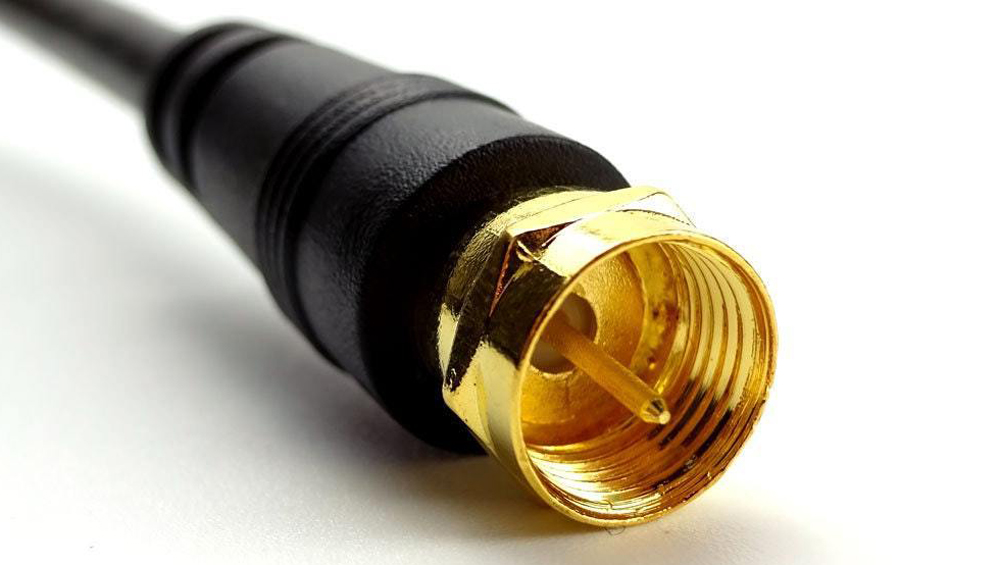
Comcast and Charter, the two largest U.S. cable companies, have a broadband growth problem. As tens of millions of Americans canceled their cable TV subscriptions in the past decade, the cable industry focused on the more profitable business of selling broadband internet.
Now, the number of U.S. households paying Comcast and Charter for high-speed Internet is falling for the first time, with both companies reporting residential broadband declines in the second quarter.
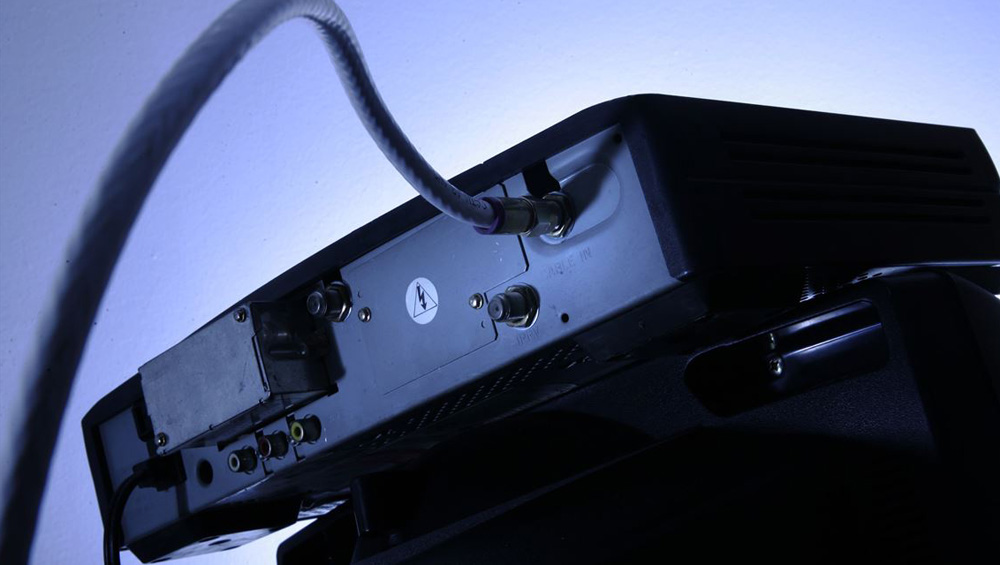
Mix a skinny version of the traditional bundle with a few choice streaming services, add some cloud-based video gaming, deliver it all through a super-fast broadband connection and voila, you have a possible revival of what was the most lucrative entertainment sector of the past few decades.

With pay-TV losses likely to continue, wireless has rapidly emerged as the primary pairing with home broadband at Comcast. “You’re really seeing it become the lead bundle, having the connectivity bundle with broadband together with wireless,” Comcast CFO Mike Cavanagh said Tuesday at the J.P. Morgan Global Technology, Media and Communications Conference.

Wells Fargo’s Eric Luebchow and Steven Cahall predict cable broadband market share could be halved in five years.

The trade group’s new president will focus on piloting independent broadband providers in a rapidly changing market climate.
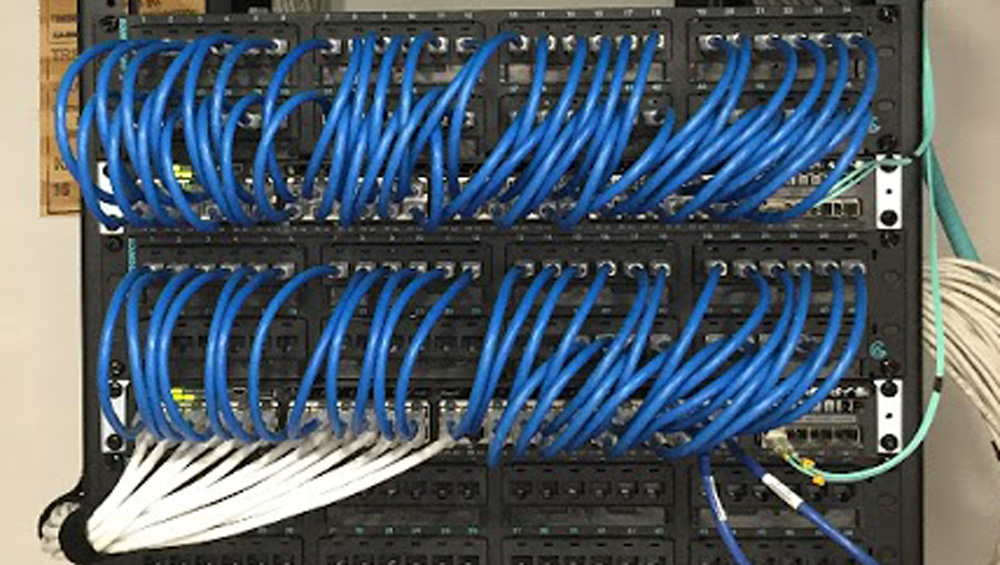
The FCC, Department of Agriculture, National Telecommunications & Information Administration (all of which oversee broadband subsidy programs) and the Treasury Department have signed a memorandum of understanding agreeing to share “information about and collaborate regarding the collection and reporting of certain data and metrics relating to broadband deployment.” They have also agreed to, to the degree possible, develop “consistent, complementary, uniform formats, standard, protocols and reporting processes for that data.
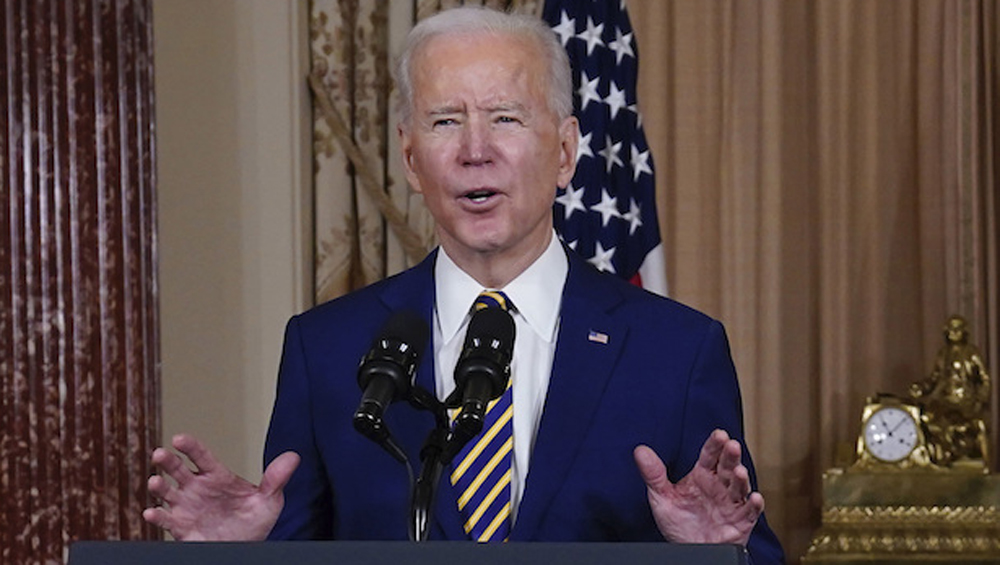
Twenty internet companies have agreed to provide discounted service to low-income Americans. The $1 trillion infrastructure package passed by Congress last year included $14.2 billion funding for the Affordable Connectivity Program, which provides $30 monthly subsidies ($75 in tribal areas) on internet service for millions of lower-income households.
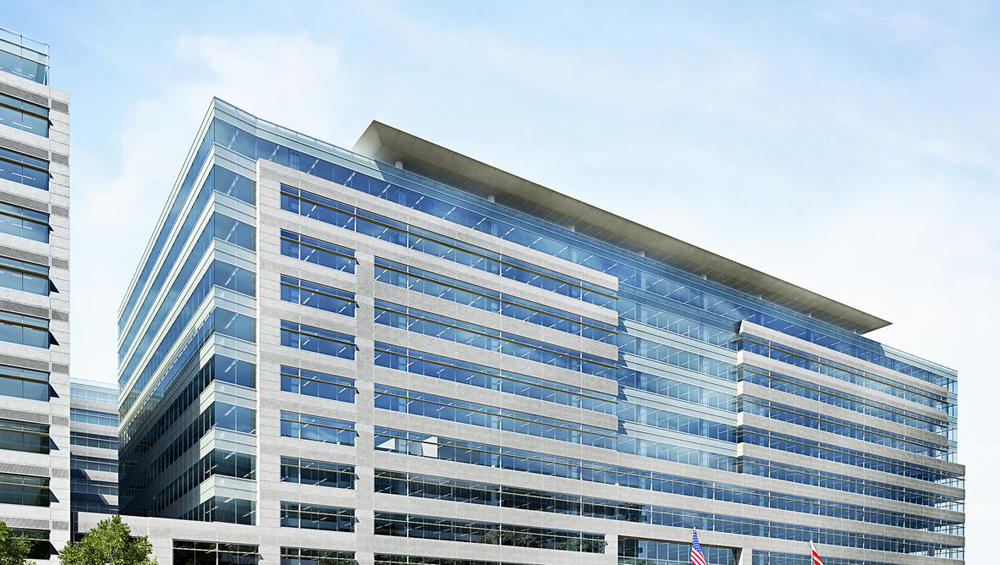
The FCC has issued its “Equity Action Plan,” which it said was “pursuant to the president’s executive order on advancing racial equity and support for underserved communities through the federal government.” The plan is primarily an outline of efforts already underway through a variety of legislative funding initiatives tied to COVID-19 and infrastructure upgrades, all of which have implications for closing the digital equity divide.
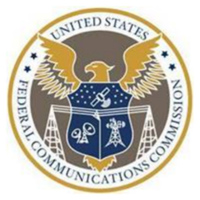
The FCC has unanimously voted to close what it says are loopholes that have allowed broadband providers to evade rules meant to give tenants in Multi-Tenant Environments (MTEs) — such as apartments, condos or mobile homes — choice among internet services.

The National Telecommunications & Information Administration, the lead agency overseeing the Biden Administration’s tens of billions of dollars in new broadband subsidy aid authorized by the infrastructure bill, is seeking public input on just how to hand it out, primarily to states for their own broadband buildout efforts. NTIA, the White House’s chief communications policy adviser, has issued a request for comment, is distributing about $48 billion of the new law’s roughly $65 billion.
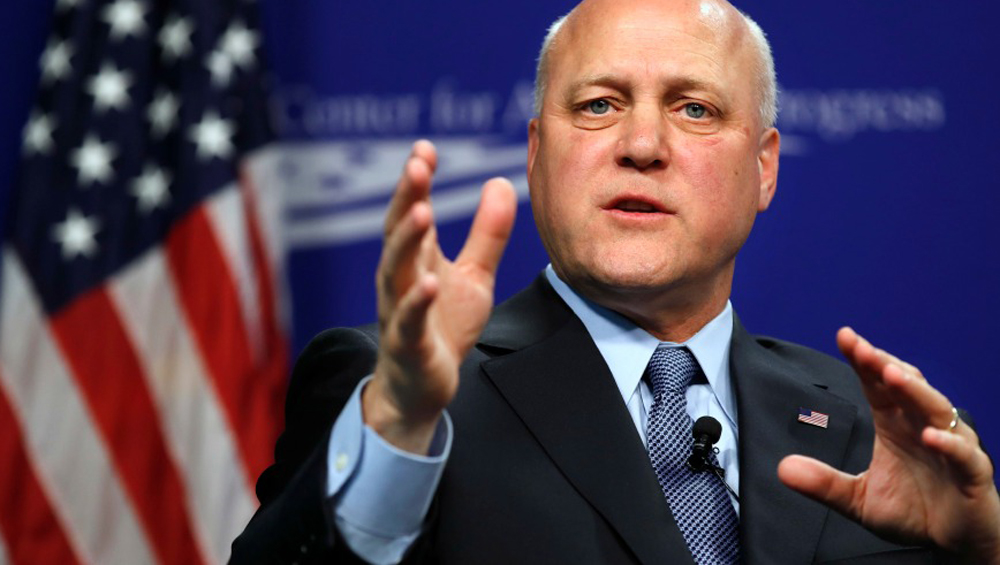
President Joe Biden has named former New Orleans mayor Mitch Landrieu to oversee the administration’s massive infrastructure plan, including the $65 billion investment in broadband. Landrieu will be senior adviser and infrastructure coordinator, directing historic investments in universal high-speed internet access, as well as money for roads, bridges, rail, ports, airports, climate “resilience” and more.
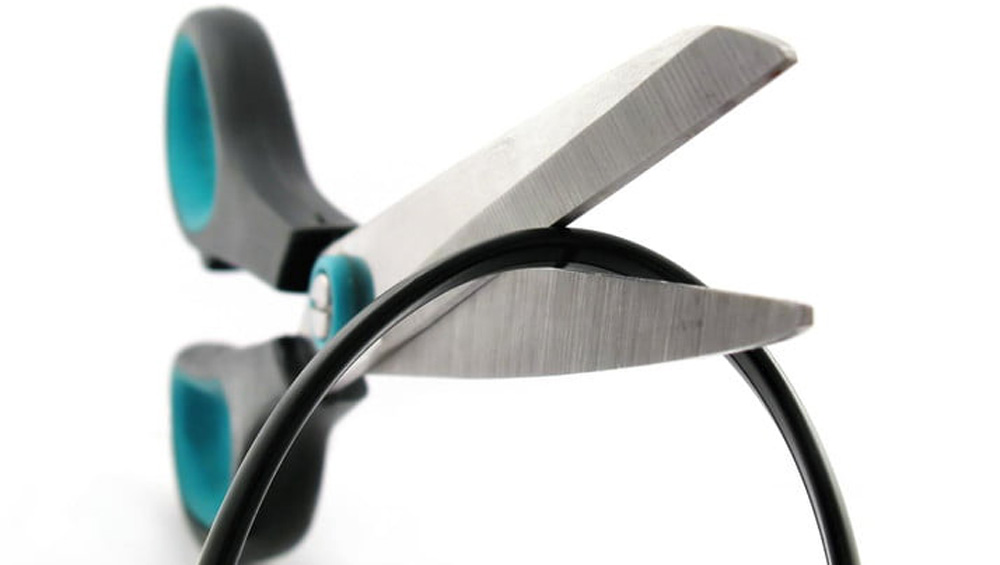
Barbourville (Ky.) Utilities moves to a broadband video model. It is not signing up any new cable customers, but will help any current customers who want to keep traditional video service through a deal with Dish, while pointing broadband subscribers to all the over-the-top video streaming service choices available through their broadband connections.
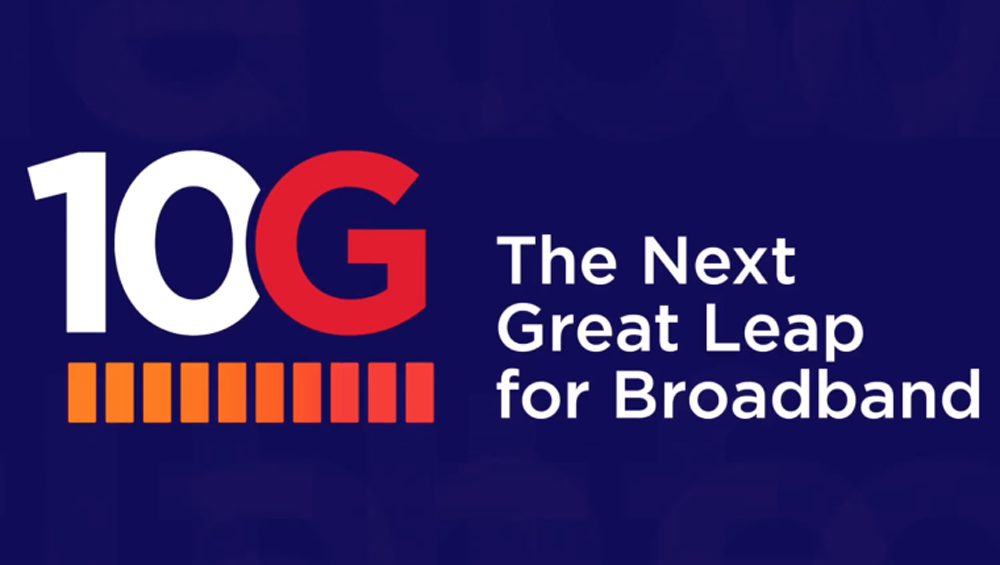
Comcast has established a successful 10 Gbps network-to-modem connection using virtualized CMTS and the full duplex version of the new DOCSIS 4.0 standard, the cable company announced Thursday from the Society of Cable Telecommunications Engineers‘ once-again-virtualized Cable-Tec Expo conference.

The FCC has authorized more than $163 million to 42 providers in the second round of phase one of Rural Digital Opportunity Fund broadband buildouts. The second round will cover approximately 65,000 locations in 21 states. “More help is on the way to households without broadband,” said FCC Acting Chair Jessica Rosenworcel.


